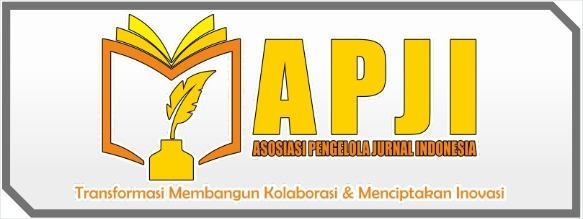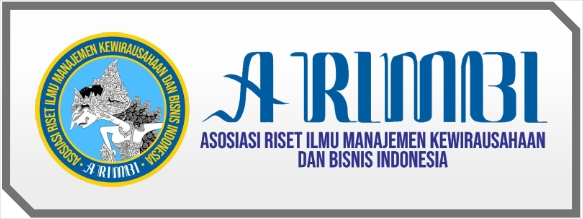Pengaruh Lima Kepribadian Besar Terhadap Kreativitas dan Implikasinya pada Kinerja Anggota Masyarakat Surabaya Pecinta Amphibi dan Reptil
DOI:
https://doi.org/10.59581/jmki-widyakarya.v2i4.4140Keywords:
Big Five Personalities, Creativity, Performance, Community of Amphibian and Reptile Lovers, Extraversion, Friendliness, OpennessAbstract
This study analyzed the influence of five large personality dimensions—extraversion, friendliness, openness, caution, and emotional stability—on creativity and its implications on the performance of members of the amphibian and reptile-loving community in Surabaya. Using the quantitative approach and Likert questionnaire, the study found that openness and extraversion had a significant positive effect on creativity, which had an impact on improving the performance of community members. High creativity supports innovation in preservation, care, and education. These results suggest the importance of personality character management to encourage creativity and community effectiveness.
References
Baas, M., De Dreu, C. K. W., & Nijstad, B. A. (2008). A Meta-analysis of 25 Years of Mood–Creativity Research: Hedonic Tone, Activation, or Regulatory Focus? Psychological Bulletin, 134(6), 779-806.
Costa, P. T., & McCrae, R. R. (1992). Four Ways Five Factors Are Basic. Personality and Individual Differences, 13(6), 653-665.
Feist, G. J. (1998). A Meta-Analysis of Personality in Scientific and Artistic Creativity. Personality and Social Psychology Review, 2(4), 290-309.
Goldberg, L. R. (1990). An Alternative "Description of Personality": The Big-Five Factor Structure. Journal of Personality and Social Psychology, 59(6), 1216-1229.
John, O. P., Naumann, L. P., & Soto, C. J. (2008). Paradigm Shift to the Integrative Big Five Trait Taxonomy. In O. P. John, R. W. Robins, & L. A. Pervin (Eds.), Handbook of Personality: Theory and Research (pp. 114-158). Guilford Press.
King, L. A., Walker, L. M., & Broyles, S. J. (1996). Creativity and the Five-Factor Model. Journal of Research in Personality, 30(2), 189-203.
McCrae, R. R., & Costa, P. T. (1999). A Five-Factor Theory of Personality. In L. A. Pervin & O. P. John (Eds.), Handbook of Personality: Theory and Research (2nd ed., pp. 139-153). Guilford Press.
McCrae, R. R., & Costa, P. T. Jr. (1987). Validation of the Five-Factor Model of Personality Across Instruments and Observers. Journal of Personality and Social Psychology, 52(1), 81-90.
Silvia, P. J., Nusbaum, E. C., Berg, C., Martin, C., & O’Connor, A. (2009). Openness to Experience, Plasticity, and Creativity: Exploring Lower-order, High-order, and Interactive Effects. Journal of Research in Personality, 43(6), 1087-1090.
Srivastava, S. (2010). Measuring the Big Five Personality Factors. In D. H. Buss & K. B. Perlman (Eds.), Handbook of Psychology: Personality and Social Psychology (Vol. 5, pp. 507-510). John Wiley & Sons.
Zhou, J., & George, J. M. (2001). When Job Dissatisfaction Leads to Creativity: Encouraging the Expression of Voice. Academy of Management Journal, 44(4), 682-696
Downloads
Published
How to Cite
Issue
Section
License
Copyright (c) 2024 Jurnal Manajemen Kreatif dan Inovasi

This work is licensed under a Creative Commons Attribution-ShareAlike 4.0 International License.













